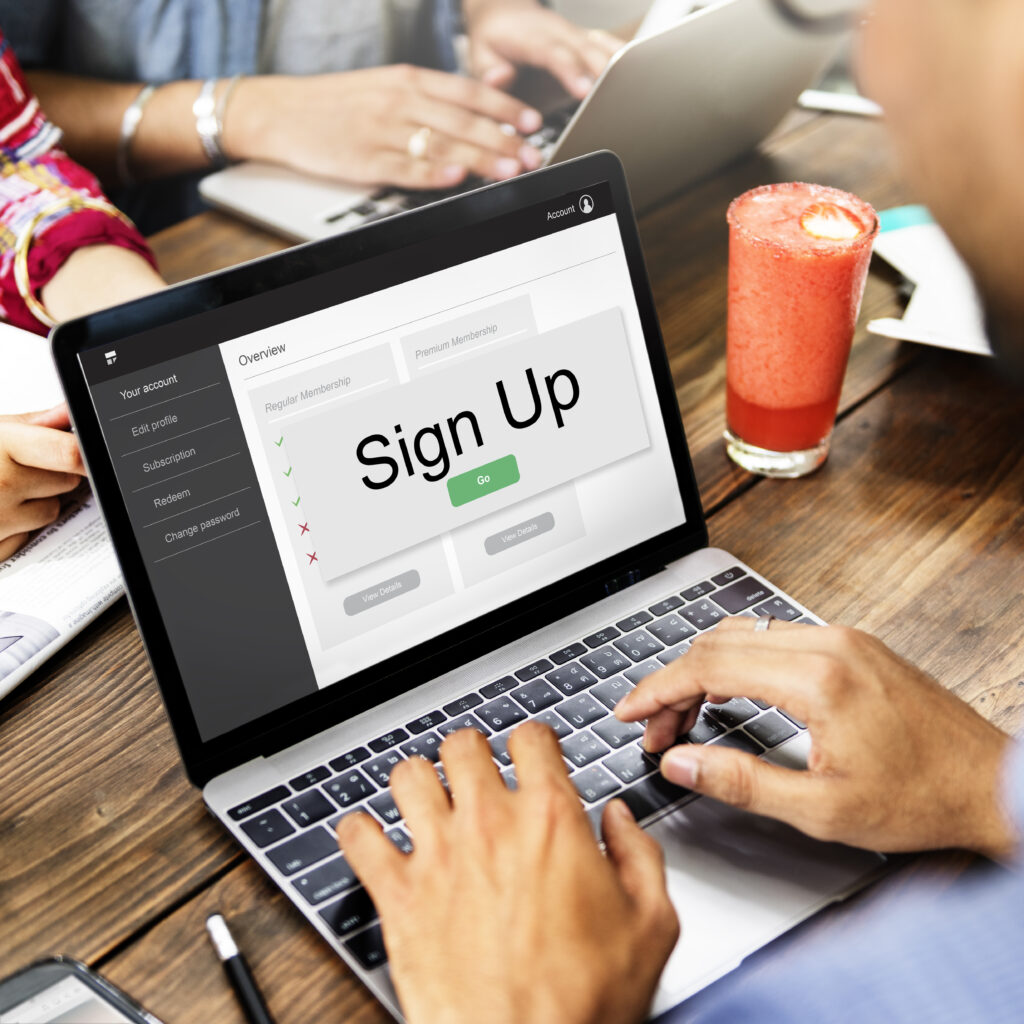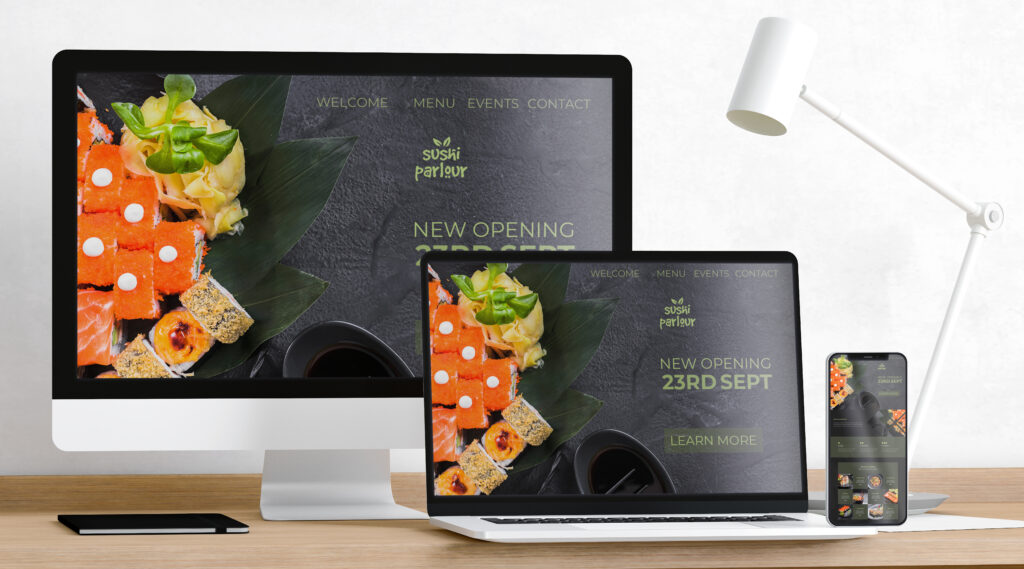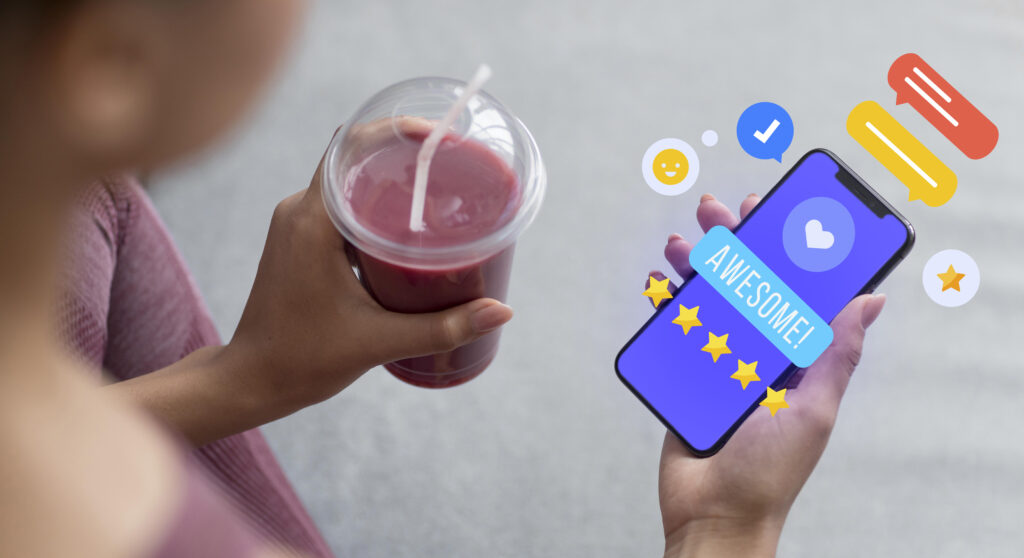
Are you finding difficulty in getting your visitors to turn into customers on your landing pages? In this case, you start now to improve your technique and boost your conversion rate. In this article, we are going to look at 8 techniques that include ways to compel your audience to take action on your website right away.
Importance of Optimizing Landing Pages for Conversions
When we are talking about landing page optimization, every little detail is critical. From the headline to the color schemes, everything is meant to attract visitors to our website. When the right strategies are used, the landing page can become a powerful tool in the conversion machine.
The landing page that has been well-optimized has an increased conversion rate so, it results in more qualified leads. It will allow you to build an intuitive user experience, hold the attention of your target group, and direct them toward the specified goal. Lack of optimization of your landing page won’t make visitors stay there and may even make them not become your customers.
Understanding Your Target Audience
Before you can optimize your landing pages, you need to have a clear understanding of your target audience. Carry out market research to understand what their needs, preferences, and pains are. Understanding your primary audience ensures that the landing pages you create are tailored to them, addressing their issues and providing the necessary solutions. Exploit resources like Google Analytics, surveys, and social media monitoring to collect meaningful information. Always keep in your mind that the more you know your audience, the more personalized your landing pages can be.
Key Elements of an Optimized Landing Page
A well-optimized Landing Page contains the essential elements that form the converting-focused and persuasive experience. These elements include:
1. Headline: The headline is the first thing that visitors will encounter when their internet navigation brings them to your website. Concise, engaging, and communicating the unique selling proposition of your offer should be put in the headline.
2. Copy: The content on your landing page should be brief, and convincing and it should make the case for the benefits of opting for your offer. Employ striking language and emphasize your audience’s pain area as well.
3. Design and Layout: The architecture and uniqueness of your web landing page should be engaging and user-friendly. Utilize white spaces effectively, bear in mind the colors you’ll prefer, and make sure that the page looks good on mobile devices.
4. Call-to-Action (CTA): The CTA plays the role of encouragement and the visitor is persuaded to take the desired action. It ought to be prominent, action-oriented, and concisely convey to visitors the tasks that they will take next.
These are the major elements of the landing page and which you can optimize and align with your campaign’s objective to draw some attention, involve the visitors, and convince them to convert to your product or service.
8 Landing Page Optimization Techniques to Improve Your Conversions
Now that we’ve seen why landing page optimization is so important & also seen the key elements of an optimized landing page, let’s move on to some best techniques that can lead to better conversion rates!
1. Clear and Compelling Headlines
A well-optimized Landing Page contains the essential elements that form the converting-focused and persuasive experience. These elements include:
- Headline: The headline is the first thing that visitors will encounter when their internet navigation brings them to your website. Concise, engaging, and communicating the unique selling proposition of your offer should be put in the headline.
- Copy: The content on your landing page should be brief, and convincing and it should make the case for the benefits of opting for your offer. Employ striking language and emphasize your audience’s pain area as well.
- Design and Layout: The architecture and uniqueness of your web landing page should be engaging and user-friendly. Utilize white spaces effectively, bear in mind the colors you prefer, and make sure that the page looks good on mobile devices.
- Call-to-Action (CTA): The Call-to-Action (CTA) is the one that makes visitors do the very action you want. It should be addressed prominently, be actionable, and should mention what visitors must do next.
These are the major elements of the landing page and which you can optimize and align with your campaign’s objective to draw some attention, involve the visitors, and convince them to convert to your product or service.
2. Designing Visually Appealing and User-Friendly Landing Pages
The design of a landing page is a determining factor in how effective it will be. Showcasing an eye-catching and user-friendly design can attract attention, gain trust, and lead visitors to the intended action level. Consider the following key design elements:
- Color Scheme: Use colors that reflect your brand and elicit the kind of feelings you want your customers to have. Use opposite colors to distinguish the main elements in the scene.
- Whitespace: Make proper use of whitespace with a clean and smart layout. Whitespaces help to avoid crowding and reading is more possible.
- Images and Videos: Visualize high-quality elements that reinforce your message and seduce the audience. Videos can be used to impart complicated topics and display products’ functionality.
- Mobile Optimization: Ensure that your landing page is fully mobile optimized. The more people turn to smartphones, the more a mobile-friendly design is one of the key factors in the outreach of a broader audience.
3. Effective Call-to-Action Buttons

Having a good website call-to-action (CTA) button can knock your socks off with its conversion rates. It is the function that provides the purpose behind the visitor’s action in either making a purchase, subscribing to a newsletter, or requesting a quote. To create an effective CTA button, consider the following best practices:
- Make it Visually Prominent: The CTA button must be visually separated from the rest of its moving elements and easy to spot. Capture the viewer’s attention by using contrasting colors, size, and placing.
- Use Compelling Copy: A benefit-oriented, short, and imperative sentence is more effective than a long and descriptive one on the button. The impactive sentence should be present on the button. Similarly, “Get Now” and “Get Your Free Trial” are used often.
- Create a Sense of Urgency: Make an instant movement by taking advantage of a time-bound offer or stockless availability. Moreover, you can roll out “Limited Time Offer” or “Only 5 Spots Left.”
Do not forget to test different forms of CTA to find out the best converting one. Split testing can enable you to differentiate which design and message works best for specific media types.
4. Optimizing Page Load Speed
The loading speed of a page is one of the most important features to consider in landing page optimization. Many studies have indicated that visitors tend to quit a page if it takes too much time to load. Users’ experience goes from poor to terrible as a slow page is not only frustrating but also negatively affects your search engine rankings and user experience. To optimize your landing page load speed, consider the following tips:
- Optimize Image Sizes: Compress and resize images to decrease file size but with the same quality. Make use of the image optimization tools or plugins to automatically do this.
- Minimize Code and Scripts: Delete irrelevant codes and scripts which will in turn make your page load faster. Minify CSS and JavaScript scripts to decrease its file size.
- Use Caching: Create browser storage to allocate some elements of your landing page on the visitors’ browsers. This results in an accelerated process as subsequent page loads become quicker.
Keep a constant check on your page load speed by using tools like Google PageSpeed Insights or GTmetrix as your tools. Strive for a load time of at least 3 seconds or less for a fantastic user experience with a higher conversion rate.
5. A/B Testing and Conversion Rate Optimization
A/B testing is an essential technique that gives you an opportunity to compare two versions of landing pages in order to figure out which of them converts to sales better. The advantages of experimenting with the elements, such as the headlines, images, CTA buttons, and page layouts, is to understand which combination is most efficient for better conversions. To conduct A/B testing, follow these steps:
Identify the element to test: Initiate by deciding what you need to learn the most, for instance, the headline or the CTA button.
- Create Two Variations: Have two different designs of the landing page, one with one specific detail being different between them. On the other hand, you can compare two title alternatives to see which one gets better results.
- Split your Traffic: Give a tester and a regular version of your landing page to half of your incoming visitors.
- Measure and Analyze Results: Follow the performance of each of the ad campaigns using tools for conversion tracking. Analyze what the best-performing one is by the number of visitors who become actual customers.
- Implement the Winning Version: After picking the favorite one test the corresponding landing page as the standard one.
Through trial and error of your landing pages you can eventually raise the conversion rates of every click and the results would be even better.
6. Mobile Optimization for Landing Pages

The increasing use of mobile devices calls for the optimization of your landing pages with a view to mobile users. A mobile-friendly landing page means that visitors can navigate with the best experience regardless of the device they’re using and this may have a huge influence on your conversion rates. To optimize your landing page for mobile, consider the following tips:
- Use Responsive Design: Make your landing page responsive enough to fit different screen sizes. This would make it easy for mobile users to read and view your site.
- Simplify the Layout: Simplify your mobile landing page design. Take off irrelevant stuff and stick to critical information and call to action.
- Optimize Forms: Make it easy on mobile users by minimizing form fields and using mobile-friendly input methods such as dropdown menus and checkboxes.
Make sure to frequently test your landing pages on different mobile devices and screen sizes so that your mobile users enjoy a flawless experience.
7. Social Proof and Testimonials

Social proof is an influential persuasion technique for which your conversion rate may be effectively enhanced. Through the display of the positive reviews, testimonials, and social media mentions you can create trust and credibility with the audience hence making them convert more easily. To leverage social proof on your landing pages, consider the following strategies:
- Include Testimonials: Add testimonials of satisfied customers that emphasize the benefits and the results they have faced with your product or service. Use your own names and images to add to the credibility factor.
- Showcase Endorsements: Display logos of renowned companies or famous persons who have endorsed your products or services. By doing so they build credibility and trustworthiness.
- Highlight Social Media Mentions: If you have mentioned your product or service by influencers or received positive comments on social media, place these mentions on your landing page. This means others experienced your brand likewise.
Don’t forget to constantly revise your social proof elements in order to keep them recent and important. Continuously display and get fresh testimonials and endorsements to strengthen credibility and give the impression of trustworthiness.
8. Tracking and Analyzing Landing Page Performance
Monitoring and analyzing the display of your landing pages will show you two aspects – what is already working and what you should improve. Here are a few crucial metrics to monitor:
- Conversion Rate: Track for those visitors who took the desired action on your landing page. It also allows you to evaluate as well as assess the efficacy of your optimization efforts.
- Bounce Rate: Follow the proportion of visitors, who leave the landing page without having done anything through it. A high bounce rate can be an illustration that your web page lacks enough optimization.
- Traffic Sources: Recognize the origins of traffic to your Landing page from organic searches, social media, or email campaigns. To reach this conclusion, you will realize which channel is yielding the most conversions.
Through constant tracking and analyzing the above-mentioned metrics, you will be able to possibility the area for improvement and make data-based decisions for the best implementation of the landing page.
Conclusion
Optimizing your landing pages is a must for increasing conversion and growth of the business. Implement these 8 methods to make the pages engaging, so that the visitors turn into regular customers. Know your audience, write attractive headlines, and include strong call-to-action buttons. Quick page load times, run A/B testing, and make your site mobile-friendly. Establishing trust by way of social proof and data-driven decisions by analyzing performance.
By constantly improving your sales you will be able to skyrocket your conversion. Contact us today and seek out professional assistance in improving your landing pages and watch your results improve instantly!

